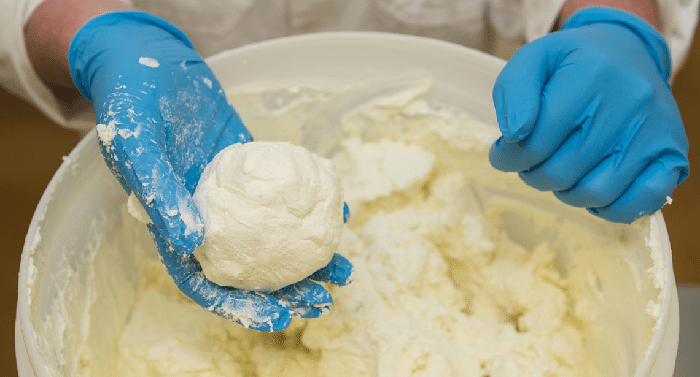Selecting the Best Heat Exchange Solution for Dairy Pasteurization

As a relatively stable Newtonian fluid, liquid milk presents few handling challenges, something which has resulted in the use of simple plate-type heat exchangers in the majority of dairies. However, other dairy products, such as yogurt, butter, curds and cheese can all vary according to temperature and, if handled incorrectly, may have their key textural parameters damaged by routine processing.
A wide range of options exist when it comes to selecting the best heat exchange equipment, whether for pasteurizing, cooling or even heating and processing. The texture and viscosity of dairy products is not only an important quality parameter, but it also influences how they behave during production and processing. In turn, this influences the choice of heat exchange equipment.
There are various different types of pasteurization based on different combinations of heat and time. Two of the most common are high-temperature short-time (HTST) and extended shelf life (ESL). When determining the factors required for effective pasteurization there are two key variables to consider:
- The heat required to raise the temperature of the foodstuff by the right amount to destroy sufficient pathogens without changing other characteristics. This is known as the ‘sensible heat’.
- The timing (or extent) of heat treatment required to stabilize the foodstuff based on the most resistant enzyme or micro-organism present, the so-called ‘D value’. Other elements which characterize the quality of the dairy product, including flavors, colors and vitamins also have their own D values, and it is often the case that using the HTST method will best preserve the quality of the product, but this is not true in all cases.
Viscosity is a measure of texture, which is itself one of the key quality characteristics of food and drink. It is a measure of a substance’s resistance to motion under an applied force based on the amount of force required to remove one layer in relation to another (shear stress) and the change in speed of the layers relative to each other (the shear rate). It is measured in units called centipose (cP) with one cP being equal to 1 mPa sec-1 (millipascal per second).
Most fluids are classified as being either Newtonian, or non-Newtonian according to the way that their viscosity changes according to shear stress and temperature.
Newtonian fluids have the same viscosity irrespective of changes in temperature or shear stress, the most common example of this is water. Non-Newtonian fluids (which are further divided into five categories) have viscosities which fluctuate depending on the shear rate applied.
Dairy products have a wide range of viscosity, from liquid milk which has a value of 2.0 cP at 64°F, through 45% fat cream (48 cP) to yogurt (152 cP at 104°F) and cheese (30,000 cP). Consequently, while simple plate heat exchangers may be the most common solution for pasteurizing milk in the industry, adopting a ‘one size fits all’ approach may not be the best for option for viscous products such as cream.
Using tubular heat exchangers can provide a number of benefits for viscous dairy products. The main advantage is the gentle handling which maintains the key viscosity characteristics of the product such as texture and mouth-feel. But there are many other benefits from using tubular heat exchangers in the dairy sector. Innovations such as corrugated or scraped tubes help maintain flow and reduce fouling, improving cleaning-in-place procedures and reducing maintenance. Consequently, tubular heat exchangers feature improved service life which is an important consideration when calculating return on investment.
It is important to seek expert advice. Key factors such as tube diameter and cleaning methods (for example do you need scraped tubes or will a feature such as the corrugations present on HRS heat exchange tubes be more suitable?) must be considered alongside the necessary material throughput and thermal capacity. In one recent example, HRS replaced an existing unit which passed the liquid through a series of half-inch and one-inch tubes which generated high pressure and lead to shearing of the fluid. Replacing it with an HRS Unicus model heat exchanger using seven 3-inch tubes resolved the pressure issues while the Unicus unit’s oscillating cleaning system was much gentler than a rotary scraped surface heat exchanger. Whatever dairy product you are looking to pasteurize, heat or cool, understanding its viscosity properties is the first step to specifying a system which will not result in adverse effects on the quality of your product. Plus, you should ensure that your supplier not only has a range of heat exchangers in order to provide something suitable but that they also understand the effects of handling fluids with different viscosities.